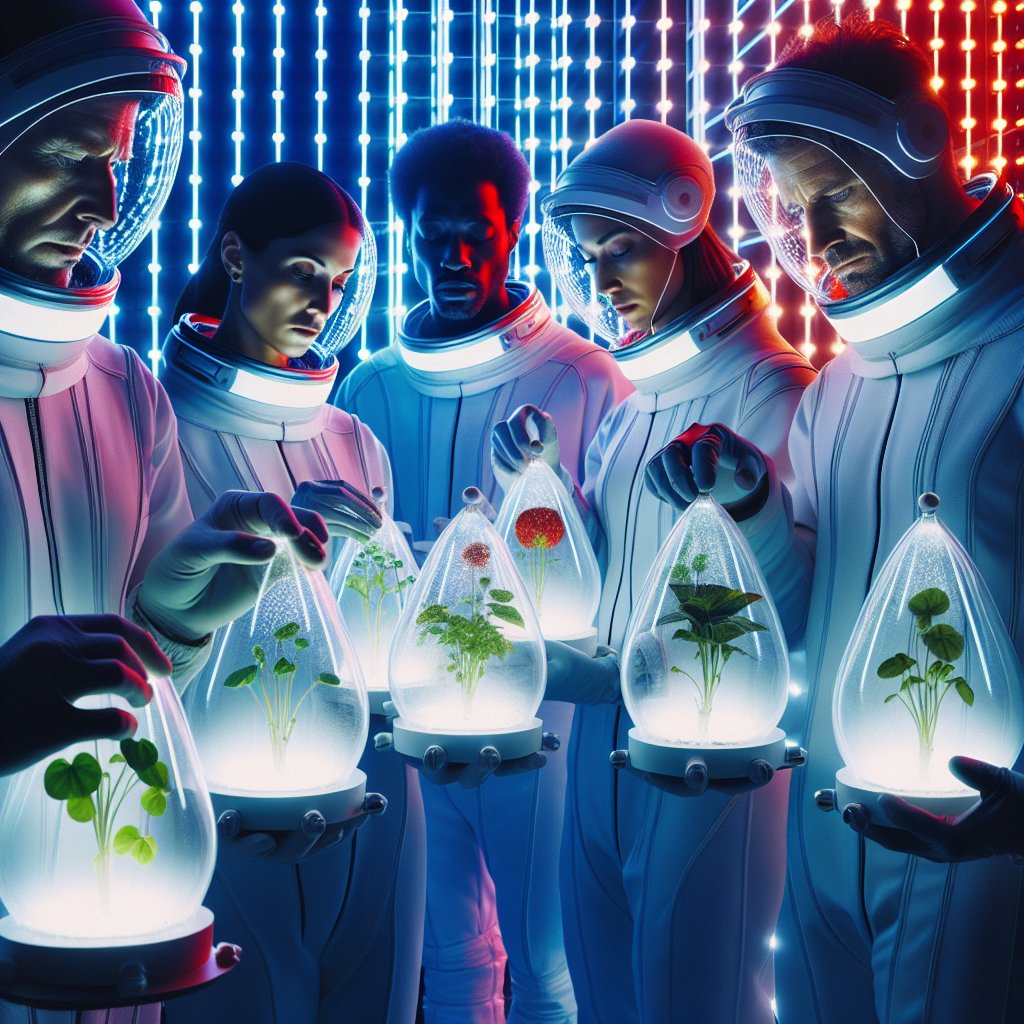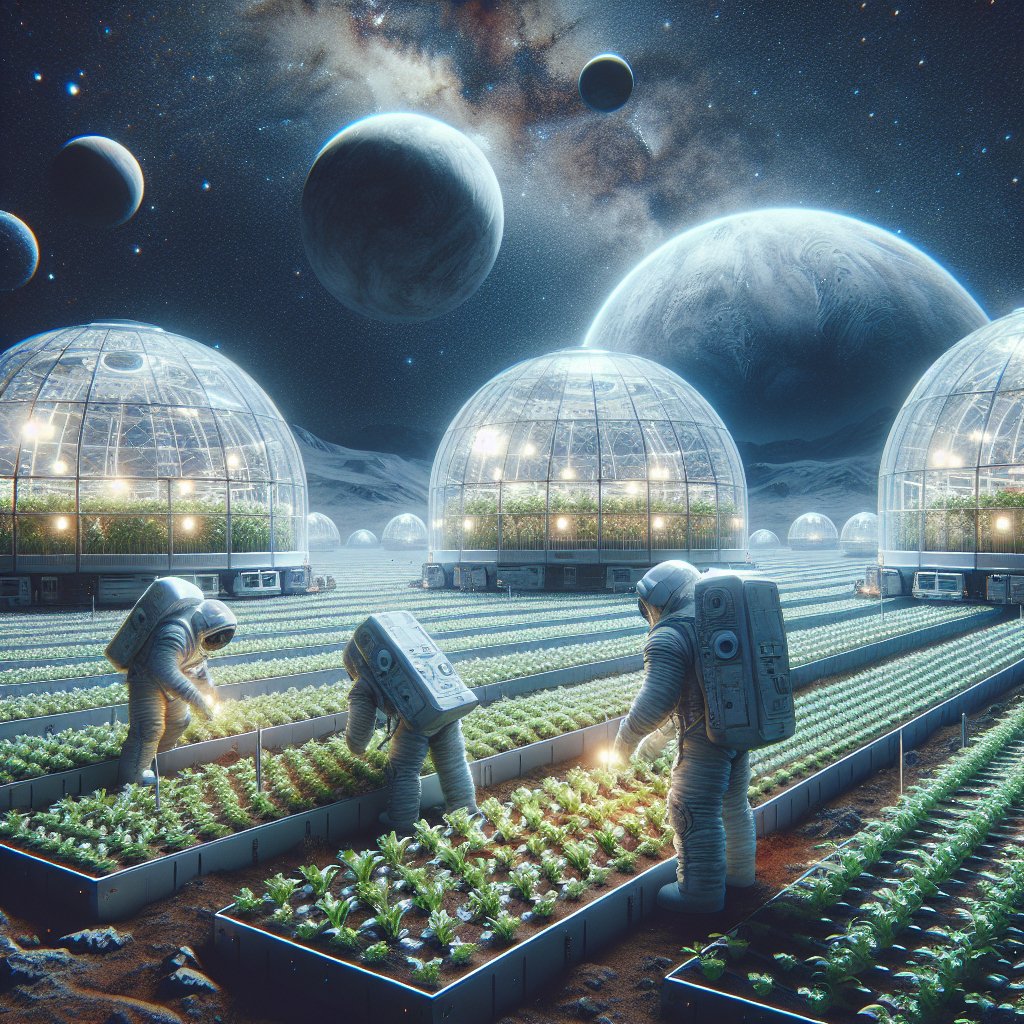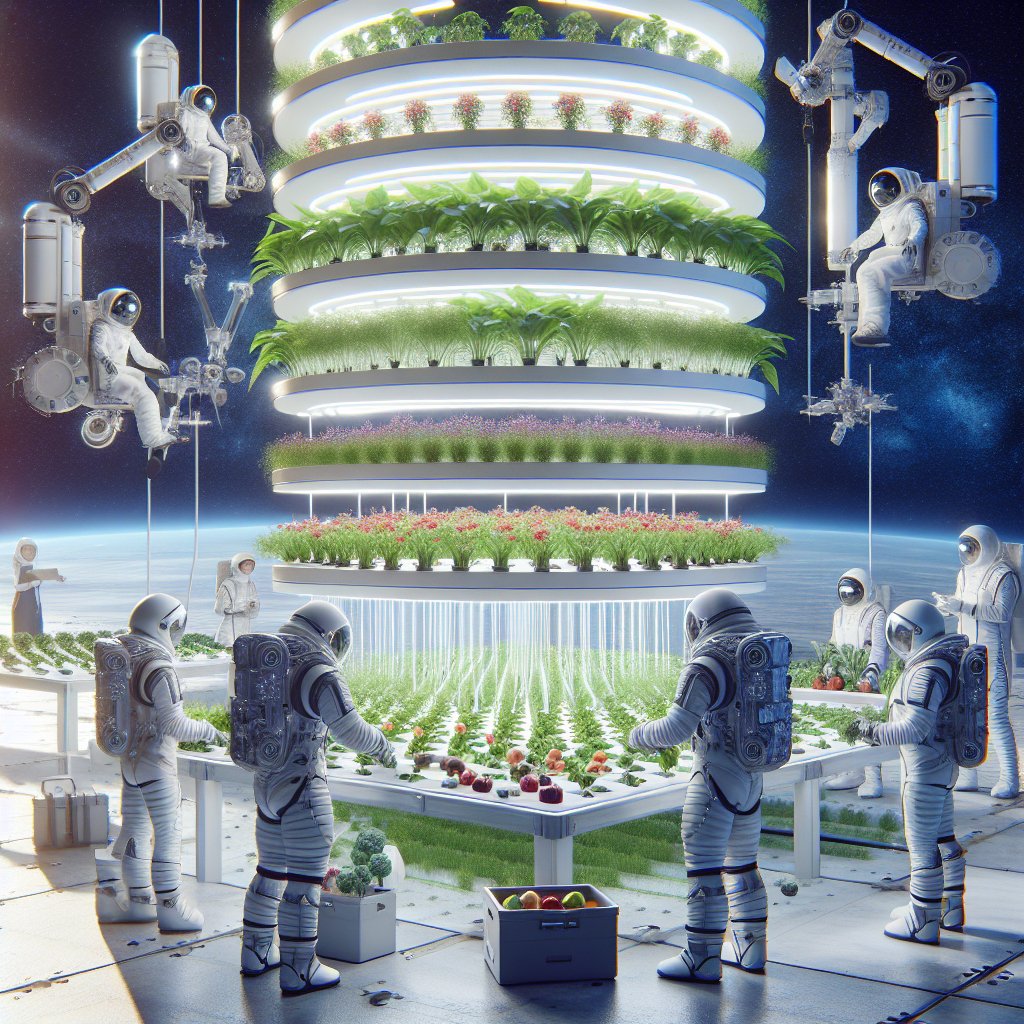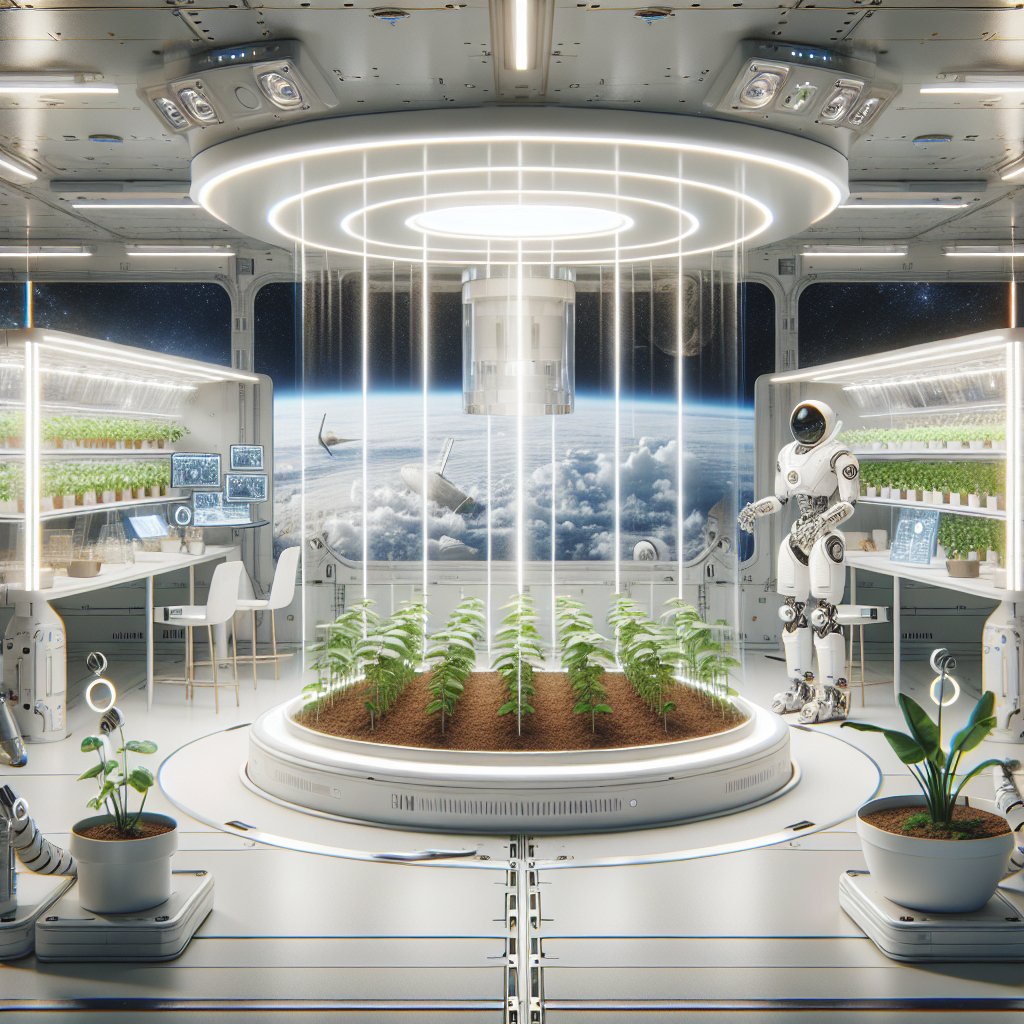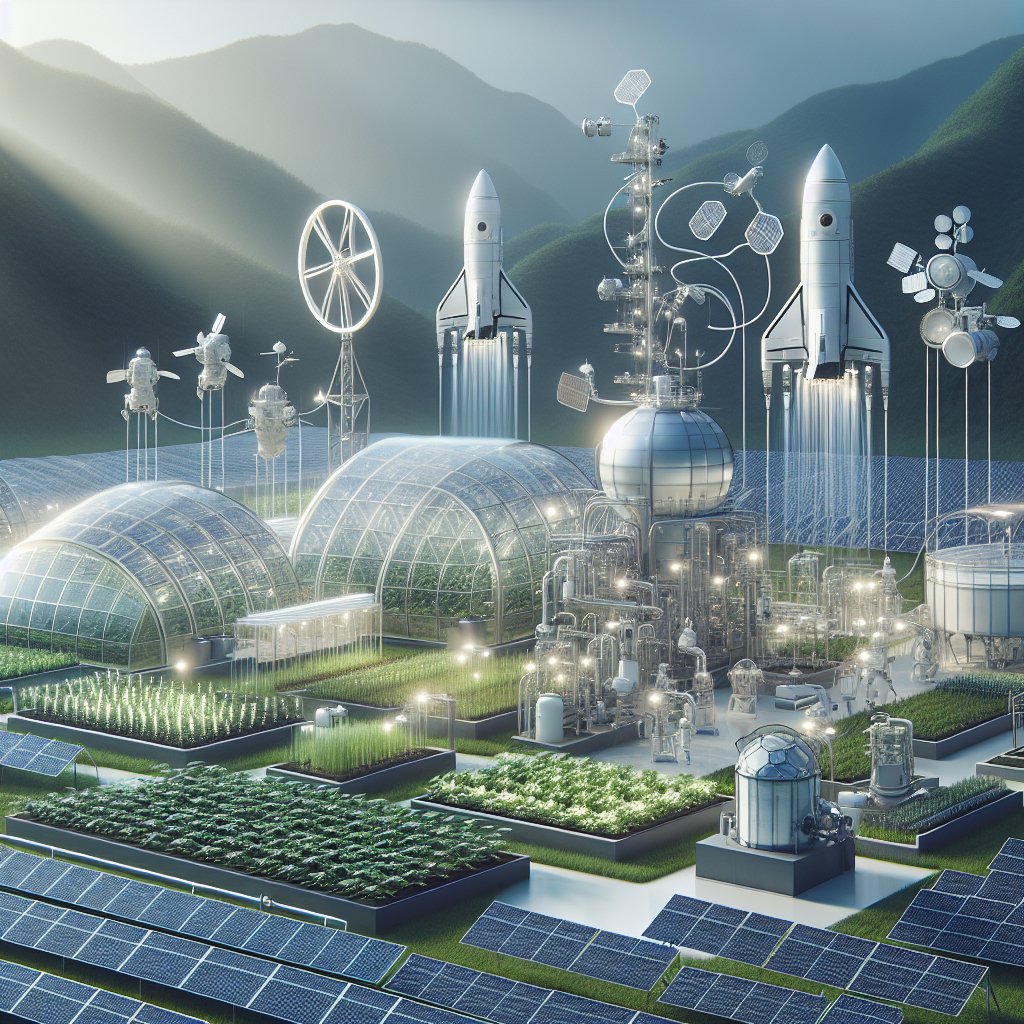The intersection of agriculture and space exploration presents a fascinating frontier for scientific innovation, particularly with the advent of CRISPR technology. As humanity sets its sights on long-term missions to Mars and beyond, the need for sustainable food production in extraterrestrial environments becomes increasingly critical. CRISPR, a revolutionary gene-editing tool, holds immense potential to enhance crop resilience, nutritional value, and growth rates, making it a key player in the future of space farming. This article delves into the capabilities of CRISPR technology and its implications for agriculture in space, exploring how it can address the unique challenges posed by off-Earth cultivation.
The Role of CRISPR in Agriculture
CRISPR, or Clustered Regularly Interspaced Short Palindromic Repeats, is a groundbreaking technology that allows scientists to edit genes with unprecedented precision. By harnessing the natural defense mechanisms of bacteria, researchers can target specific DNA sequences and make alterations that can enhance crop traits. This capability is particularly valuable in the context of agriculture, where the demand for food is ever-increasing due to a growing global population.
In traditional farming, improving crop varieties through selective breeding can take many years, if not decades. CRISPR accelerates this process, enabling scientists to develop crops that are more resistant to diseases, pests, and environmental stresses. For instance, researchers have successfully used CRISPR to create rice varieties that can withstand flooding and drought, two significant challenges in agriculture. The ability to rapidly develop such resilient crops is crucial, especially when considering the unpredictable conditions that may arise in space farming.
Enhancing Nutritional Value
Another significant advantage of CRISPR technology is its potential to enhance the nutritional value of crops. As astronauts embark on long-duration missions, the need for a balanced diet becomes paramount. CRISPR can be employed to increase the levels of essential vitamins and minerals in crops, ensuring that space travelers receive adequate nutrition. For example, researchers are exploring ways to boost the iron content in staple crops like wheat and rice, which could help combat deficiencies that are prevalent in many parts of the world.
Reducing Resource Use
Space farming will also require efficient use of limited resources, such as water and nutrients. CRISPR can play a vital role in developing crops that require fewer inputs while still yielding high outputs. By editing genes associated with water retention and nutrient uptake, scientists can create plants that thrive in resource-scarce environments. This is particularly relevant for space missions, where every drop of water and every gram of fertilizer must be carefully managed.
Challenges of Space Farming
While the potential of CRISPR in space farming is immense, several challenges must be addressed before it can be fully realized. The unique conditions of space, including microgravity and radiation exposure, pose significant hurdles for plant growth. Understanding how these factors affect gene expression and plant physiology is crucial for the successful implementation of CRISPR-edited crops in space.
Microgravity Effects on Plant Growth
Microgravity alters the way plants grow and develop. Research has shown that plants exhibit different root and shoot growth patterns in space compared to Earth. This can affect nutrient uptake and overall plant health. To optimize CRISPR-edited crops for space, scientists must conduct extensive research to understand how microgravity influences gene expression and plant responses. This knowledge will be essential for developing crops that can thrive in the unique conditions of space.
Radiation Exposure
Another significant challenge is the increased exposure to cosmic radiation in space. This radiation can damage plant DNA, potentially negating the benefits of CRISPR editing. Developing crops that can withstand higher levels of radiation will be crucial for successful space farming. Researchers are exploring various strategies, including the use of protective coatings and genetic modifications that enhance DNA repair mechanisms, to mitigate the effects of radiation on plants.
Future Prospects of CRISPR in Space Farming
The future of CRISPR technology in space farming is promising, with ongoing research and development paving the way for innovative solutions. As space agencies like NASA and private companies like SpaceX plan for missions to Mars and beyond, the need for sustainable food production systems becomes increasingly urgent. CRISPR can play a pivotal role in addressing this need, enabling the cultivation of crops that are not only resilient but also nutritious and resource-efficient.
Collaboration and Research Initiatives
To fully harness the potential of CRISPR in space farming, collaboration between agricultural scientists, space agencies, and biotechnologists is essential. Initiatives such as the Veggie experiment aboard the International Space Station (ISS) have already demonstrated the feasibility of growing crops in space. These experiments provide valuable data on plant growth in microgravity and help inform future CRISPR applications.
Public Perception and Regulatory Considerations
As with any new technology, public perception and regulatory considerations will play a significant role in the adoption of CRISPR-edited crops for space farming. Ensuring that the technology is perceived as safe and beneficial will be crucial for its acceptance. Transparent communication about the benefits and risks associated with CRISPR technology will help build public trust and facilitate its integration into space agriculture.
Conclusion
The potential of CRISPR in space farming innovation is vast, offering solutions to some of the most pressing challenges of cultivating food in extraterrestrial environments. By enhancing crop resilience, nutritional value, and resource efficiency, CRISPR technology can help ensure that future space missions are sustainable and successful. As research continues and collaboration between various fields intensifies, the dream of growing food in space may soon become a reality, paving the way for humanity’s exploration of the cosmos.
